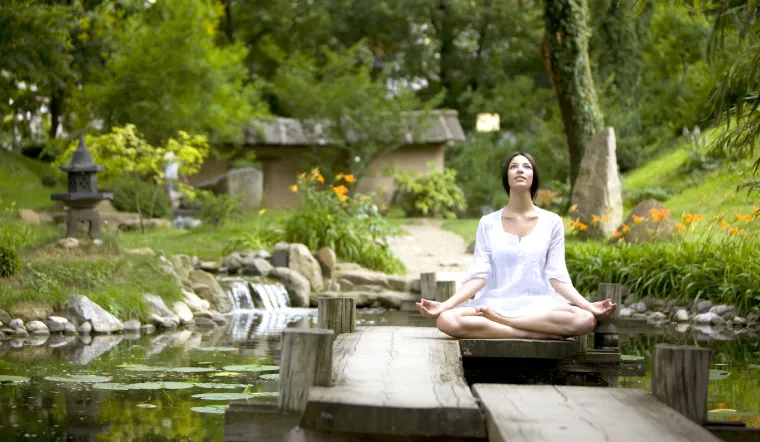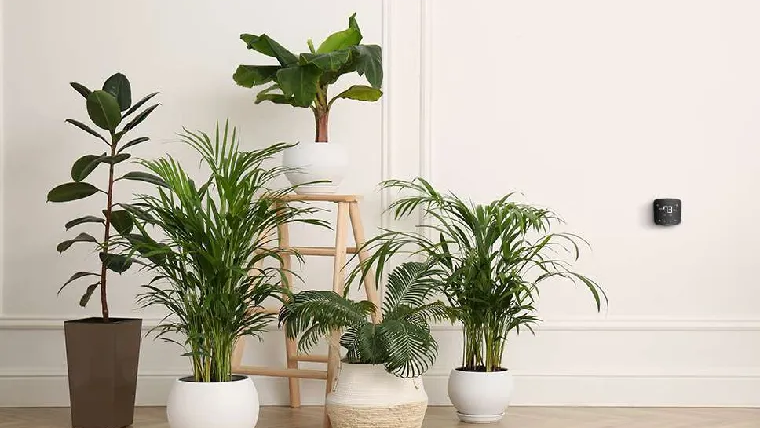Creating a Zen garden, also known as a Japanese rock garden, can be a rewarding way to transform your outdoor or indoor space into a peaceful retreat. These gardens are designed to promote relaxation, contemplation, and mindfulness through simple, natural elements. At Trendy Tales, we’ll guide you through the steps to create your own Zen garden ideas, helping you cultivate a serene and calming environment.
Understanding the Principles of a Zen Garden
Simplicity and Minimalism
Zen gardens embody simplicity and minimalism. They use a limited number of elements arranged thoughtfully to create a sense of harmony and balance. The focus is on the beauty of nature and the serenity of the space.
Symbolism
Each element in a Zen garden has a symbolic meaning. Rocks represent mountains or islands, sand or gravel symbolizes water, and plants reflect life and growth. Understanding these symbols can help you create a garden that resonates with your sense of peace and tranquility.
Choosing the Right Location
Outdoor vs. Indoor
Decide whether you want to create your Zen garden outdoors or indoors. Outdoor Zen gardens can be larger and incorporate natural landscapes, while indoor gardens are typically smaller and more contained.
Quiet and Secluded Space
Select a quiet and secluded area for your garden to enhance the sense of peace and relaxation. Whether it’s a corner of your backyard, a balcony, or a specific room inside your home, choose a location where you can easily retreat from daily stresses.
Essential Elements of a Zen Garden
Rocks and Stones
Rocks and stones are the backbone of a Zen garden. Choose a variety of sizes and shapes to represent mountains and islands. Arrange them thoughtfully to create focal points and pathways that guide the eye and evoke contemplation.
Sand or Gravel
Sand or gravel is used to represent water in a Zen garden. Spread it evenly across the garden area and use a rake to create patterns that mimic the movement of water. These patterns can be straight lines, waves, or spirals, each contributing to the garden’s overall aesthetic and tranquility.
Plants
While Zen gardens are minimalist, they often include carefully selected plants. Moss, small shrubs, and bamboo are popular choices. These plants add texture and color without overwhelming the simplicity of the design. Choose low-maintenance plants that thrive in your climate.
Water Features
Water features such as a small pond, fountain, or bamboo water spout can enhance the calming atmosphere of your Zen garden. The sound of flowing water adds a soothing element that promotes relaxation and mindfulness.
Designing Your Zen Garden
Create a Layout
Start by sketching a layout of your garden. Decide where to place the rocks, sand, plants, and any water features. Consider the flow and balance of the space, ensuring that each element complements the others.
Arrange Rocks and Stones
Place the rocks and stones in your garden according to your layout. Group them in odd numbers to create natural-looking arrangements. Use larger rocks as focal points and smaller ones to create pathways or accents.
Spread Sand or Gravel
Spread sand or gravel evenly across the garden area. Use a rake to create patterns that symbolize water. Regularly maintaining these patterns can be a meditative practice, helping you engage with your garden and promote mindfulness.
Add Plants and Water Features
Carefully place plants around the rocks and along the edges of the garden. If you’re incorporating a water feature, position it in a central or prominent location where it can be easily seen and heard.
Maintaining Your Zen Garden
Regular Raking
Rake the sand or gravel regularly to maintain the patterns and keep the garden looking pristine. This practice can be a form of meditation, helping you connect with the garden and find inner peace.
Pruning and Trimming
Keep plants neatly trimmed and pruned to preserve the garden’s minimalist aesthetic. Remove any dead or overgrown foliage to maintain the balance and harmony of the space.
Cleaning and Upkeep
Regularly clean any water features and remove debris from the garden. Consistent maintenance ensures that your Zen garden remains a tranquil and inviting space.
Enhancing Your Zen Experience
Meditation and Mindfulness
Use your Zen garden as a space for meditation and mindfulness practices. Spend time sitting or walking in the garden, focusing on your breath and the natural elements around you. This can help reduce stress and promote a sense of calm.
Personal Touches
Incorporate personal touches that enhance your connection to the garden. This could include adding a favorite statue, lantern, or a small bench where you can sit and reflect.
Conclusion
Creating a Zen garden is a fulfilling way to bring tranquility and relaxation into your life. By understanding the principles of Zen design, choosing the right location, and thoughtfully arranging natural elements, you can transform any space into a peaceful retreat. At Trendy Tales, we believe that a well-designed Zen garden can provide a sanctuary of calm and mindfulness, helping you find balance in your daily life. Start your Zen garden journey today and enjoy the serenity it brings.




